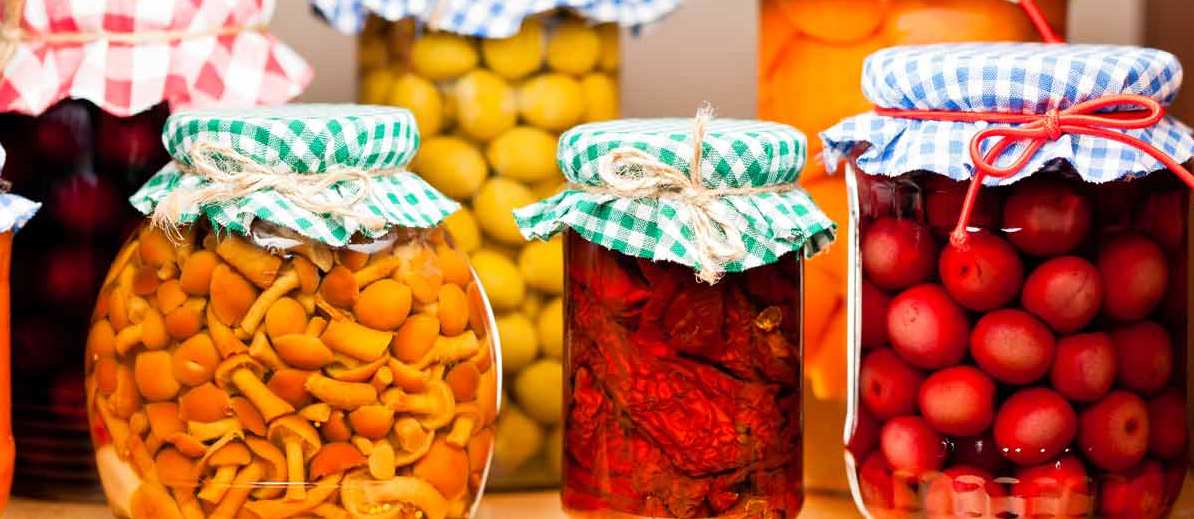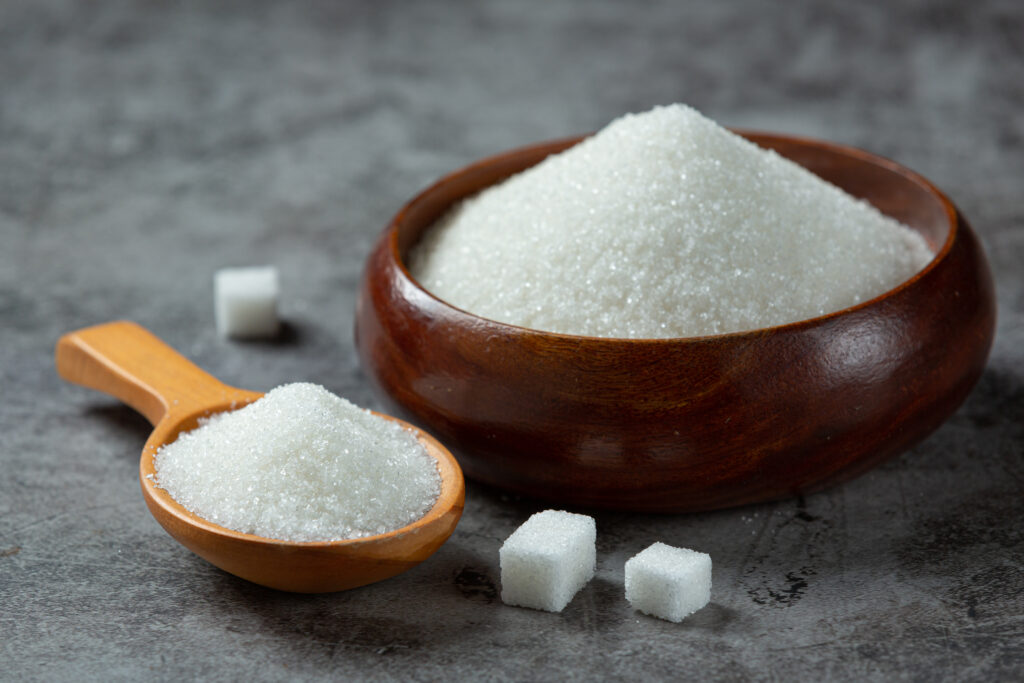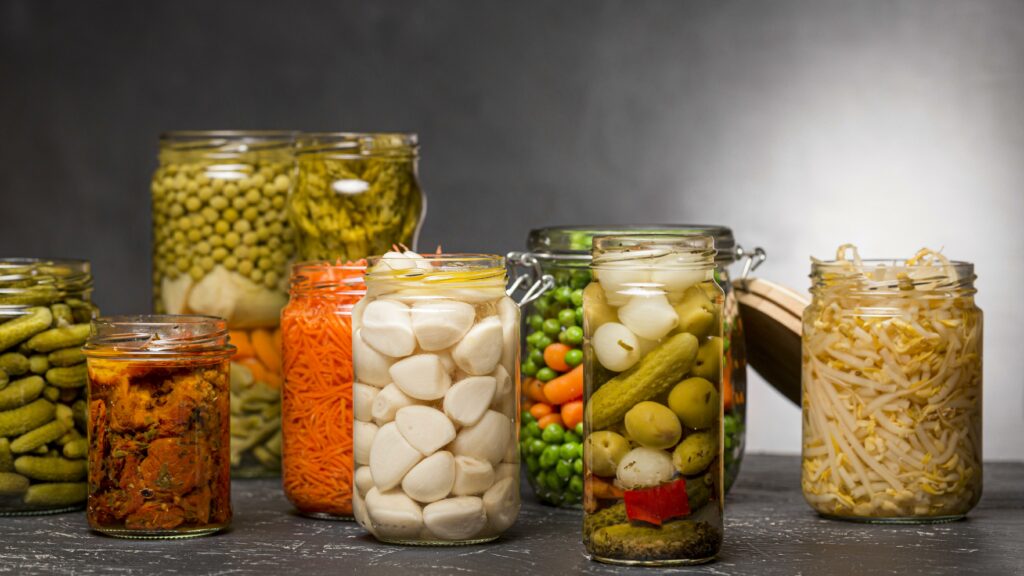
Eating healthy is easy as long as it concerns fresh produce and whole foods; however, it can become a challenge to choose healthy foods among the packaged kinds, which include food preservatives.
How many times have you found yourself reaching for that packet of healthy digestives or gulped down a can full of pulpy fruit juice thinking it was all healthy but never really paid attention to the ingredients list?
Suggested read – 10 high protein vegetables that you must include in your diet
It so happens that no matter whatever “healthy” packaged food you go for, there is a greater chance of you consuming a lot more than the food of your interest. Although preservatives are not all bad and some are even necessary for certain products, how do you as a consumer avoid the harmful ones? Let’s learn more about Class 1 preservatives and Class 2 preservatives.
What are Preservatives?
By definition according to FSSAI, preservatives are the compounds used to prevent and retard the microbial spoilage of food. A substance which, when added to food is capable of inhibiting, retarding or arresting the process of fermentation, acidification or other decomposition of food.
What are Class 1 Preservatives?

By definition according to FSSAI, preservatives are the compounds used to prevent and retard the microbial spoilage of food. A substance which, when added to food is capable of inhibiting, retarding or arresting the process of fermentation, acidification or other decomposition of food.
What are Class 2 Preservatives?

Class 2 Preservatives are generally man-made & they are unnatural. They include chemicals like sodium benzoate, sodium meta-sulfide, Sorbates, etc. There are several restrictions in using Class II preservatives and more limitations are there in its practice.
Classification of Class 1 preservatives and Class 2 preservatives:
|
Class I preservatives |
Class II preservatives |
|
Common salt |
Benzoic acids and its salts |
|
Sugar |
Sulphurous acids and its salts |
|
Vinegar |
Nitrates/ Nitrites of Sodium or Potassium |
|
Dextrose |
Sorbic acid |
|
Glucose |
Propionates of Ca, Na, lactic acid |
|
Spices |
Nisin |
|
Honey |
Methyl/ Propyl parahydroxy Benzoates Sodium Diacetate |
|
Edible vegetable oils |
Although, there is no restriction on the usage of any of the Class I preservatives, not all of Class II preservatives are harmless.
Suggested Read: Sugar Vs Sucralose Vs Stevia: What Is The Difference?
In any case, class 1 preservatives, class 2 preservatives and other food preservatives are used only:
- To preserve the natural characteristics of food
- To preserve its appearance
- To increase the shelf life and value of food for storage purpose
Furthermore, the preservatives are classified into various categories depending upon their nature and use.
- Natural food preservatives: These include the class 1 preservatives that are traditional preservatives and are also used in any home-produced food items. Freezing, boiling, smoking, salting etc are also considered as some of the natural ways of preserving foods with class 1 preservatives.
- Chemical food preservatives: This category can be a mix of certain naturally occurring chemicals as well as synthetically generated chemicals such as Vitamin C, antioxidants, etc. Most of the class 2 preservatives would come under this category, which are considered the best kind in terms of prolonging the shelf life of food.
- Artificial preservatives: These include a mix of class 1 preservatives and class 2 preservatives that are the substances used to prevent spoilage, discolouration and growth of bacteria in food. Types of artificial preservatives would include antimicrobial agents, antioxidants and chelating agents.
Suggested Read: 3 Easy Ways to Make your Salads Interesting While Keeping Them Healthy with Protein
Which Preservatives Should You Avoid?
Although class 1 preservatives and class 2 preservatives are added to prolong the shelf life of food, certain preservatives when taken in excess can cause more damage.
- Benzoates: Usually used in tea and juices, this particular preservative has been associated with triggering allergies, skin rashes, asthma and also brain damage in the long run.
- Butyrates: Found in butter, vegetable oils, spreads, etc. is known to cause high blood pressure and increase cholesterol levels.
- Butylated hydroxyanisole: Used in fried chips, instant teas, and instant cake mix, it is expected to cause liver disease and can be carcinogenic in the long run.
- Caramel: The colouring agent caramel can cause Vitamin B deficiencies or genetic defects.
Takeaway note on Food Preservatives
While a lot of these preservatives (including class 1 preservatives and class 2 preservatives) have been deemed safe for consumption, some may be unsafe for long term consumption. And that is why it is a must that everyone read food labels. Reading food labels is a good way for consumers to educate themselves about various contents of a product and enables them to make healthier and safer choices.
Looking for a Diet Plan ? It’s Absolutely FREE
If you want a diet plan for yourself you can get it on Facebook Messenger – CLICK TO GET DIET PLAN . It will suggest the calories you should be taking along with a detailed diet plan based on your goal and medical condition. It will also tell you your BMR, TEE and BMI. Give it a try.
Add OZIVA Nutritional Meal Shake to Your Diet to replace your meals in a healthy and safe way
Last modified: August 9, 2017
